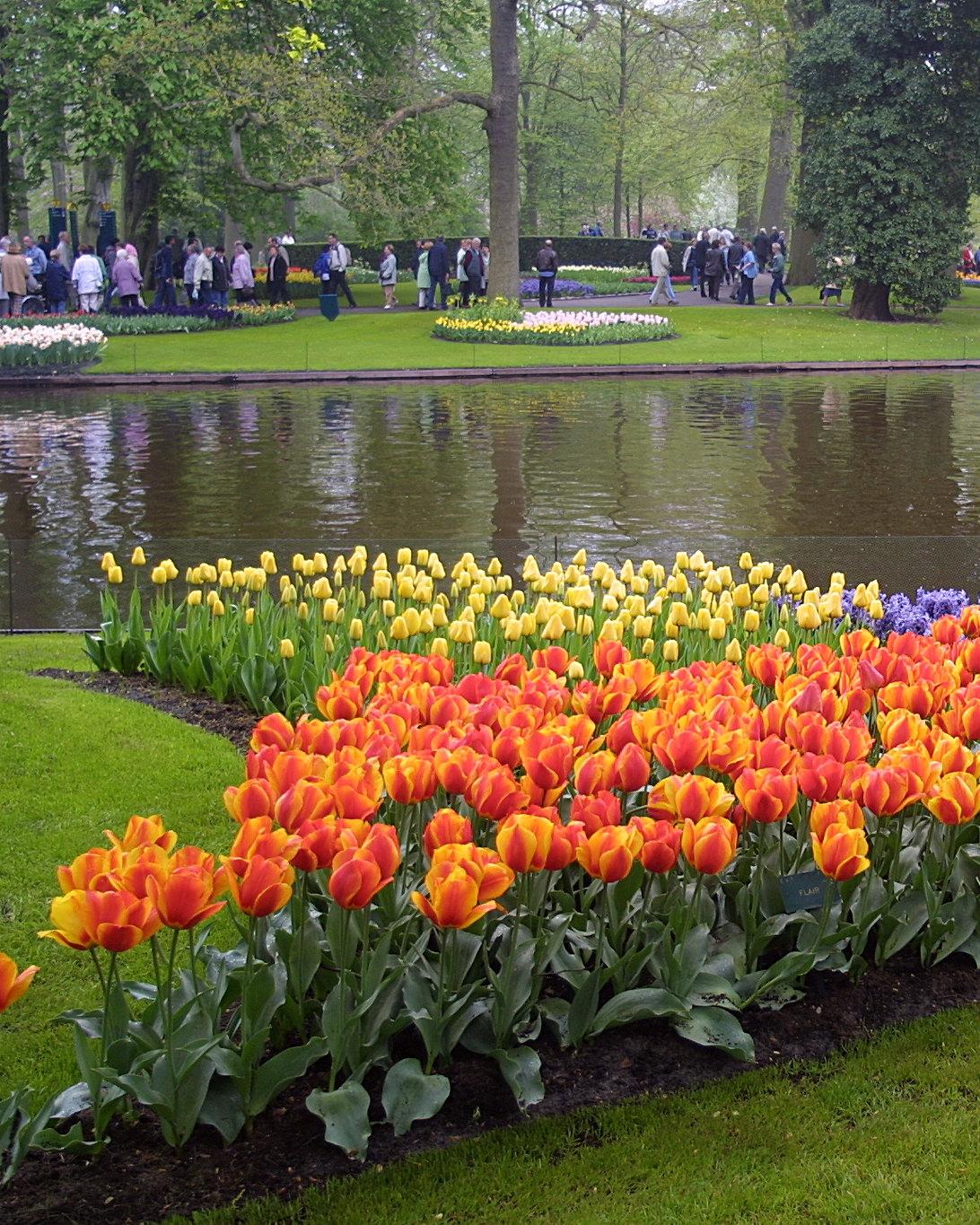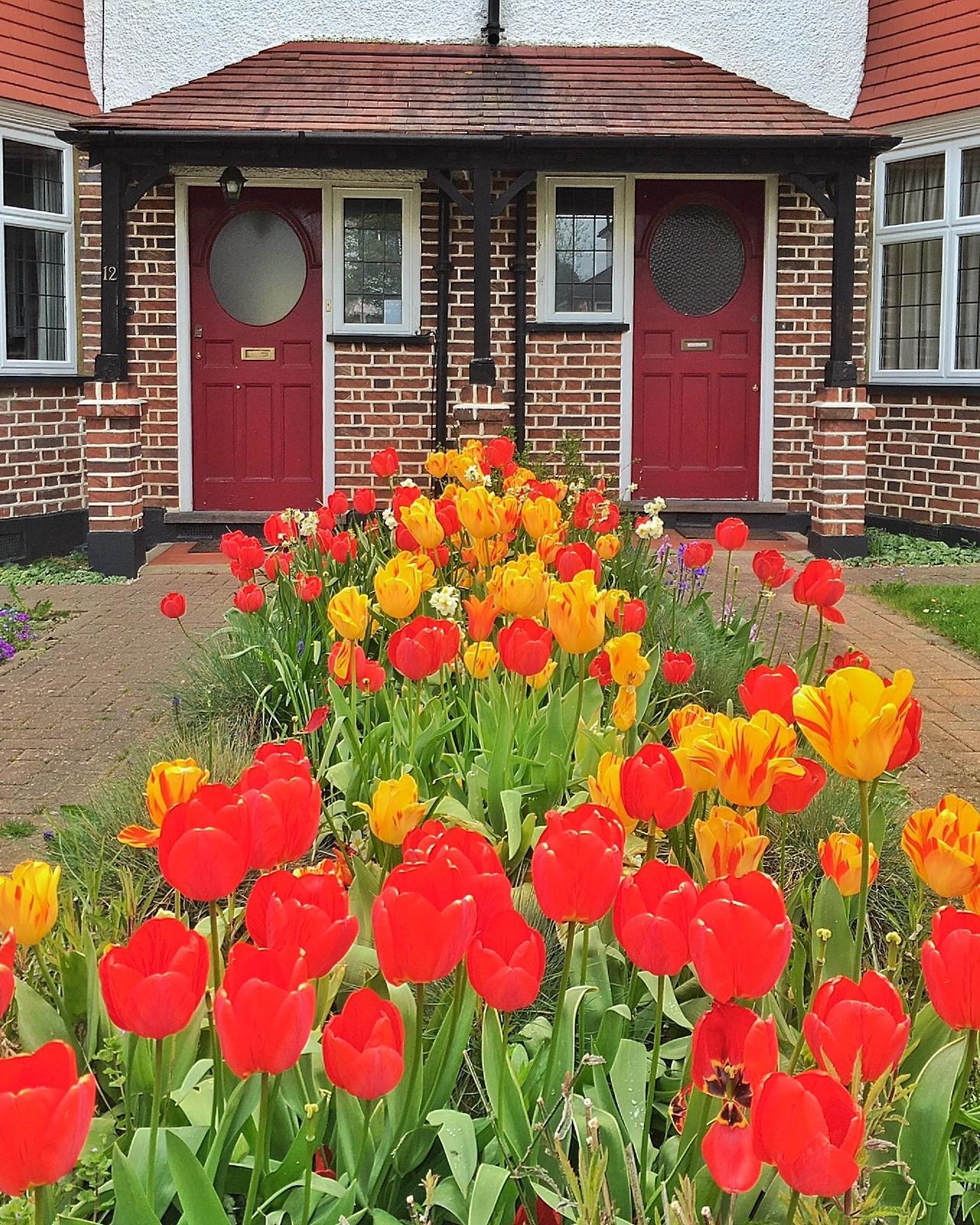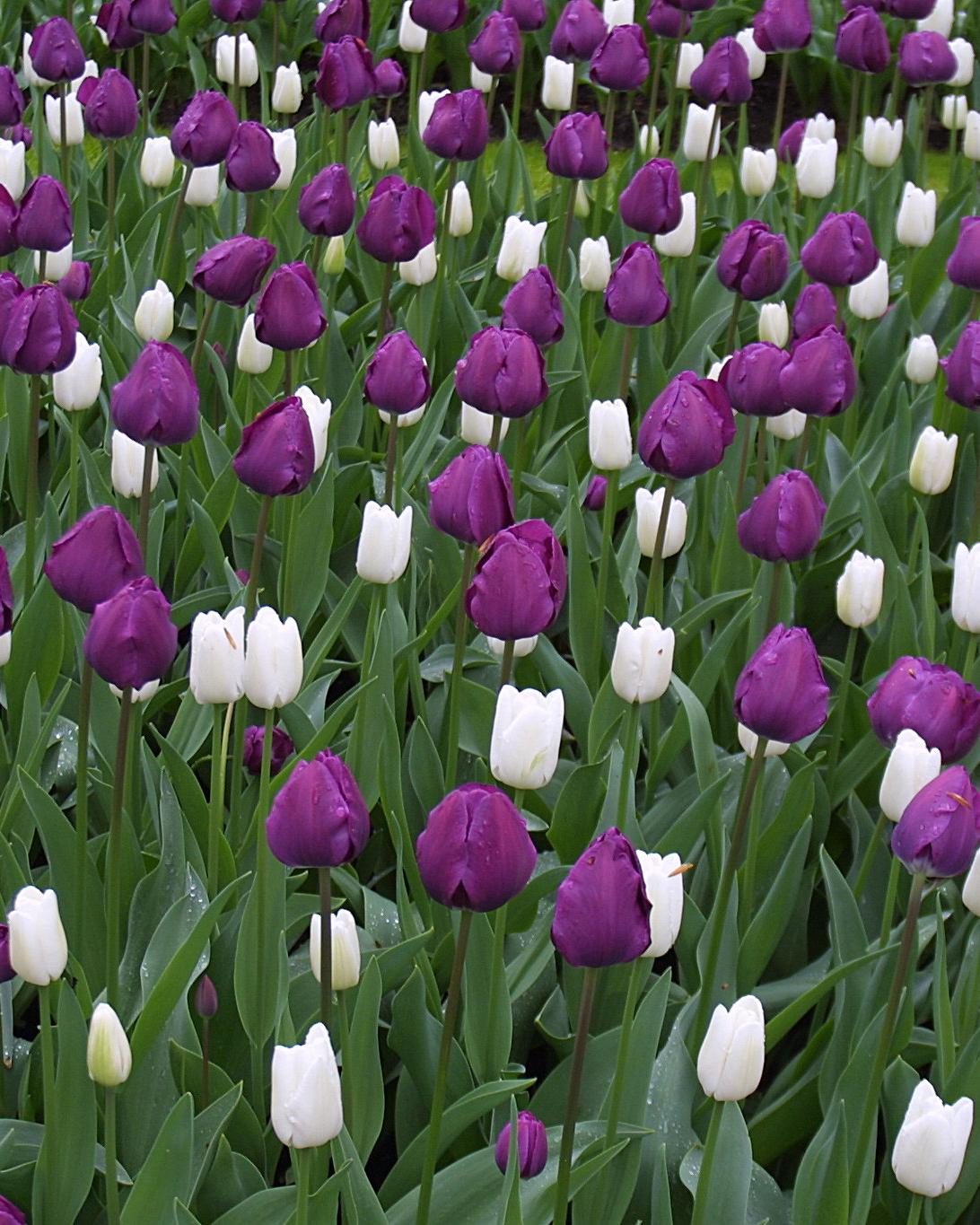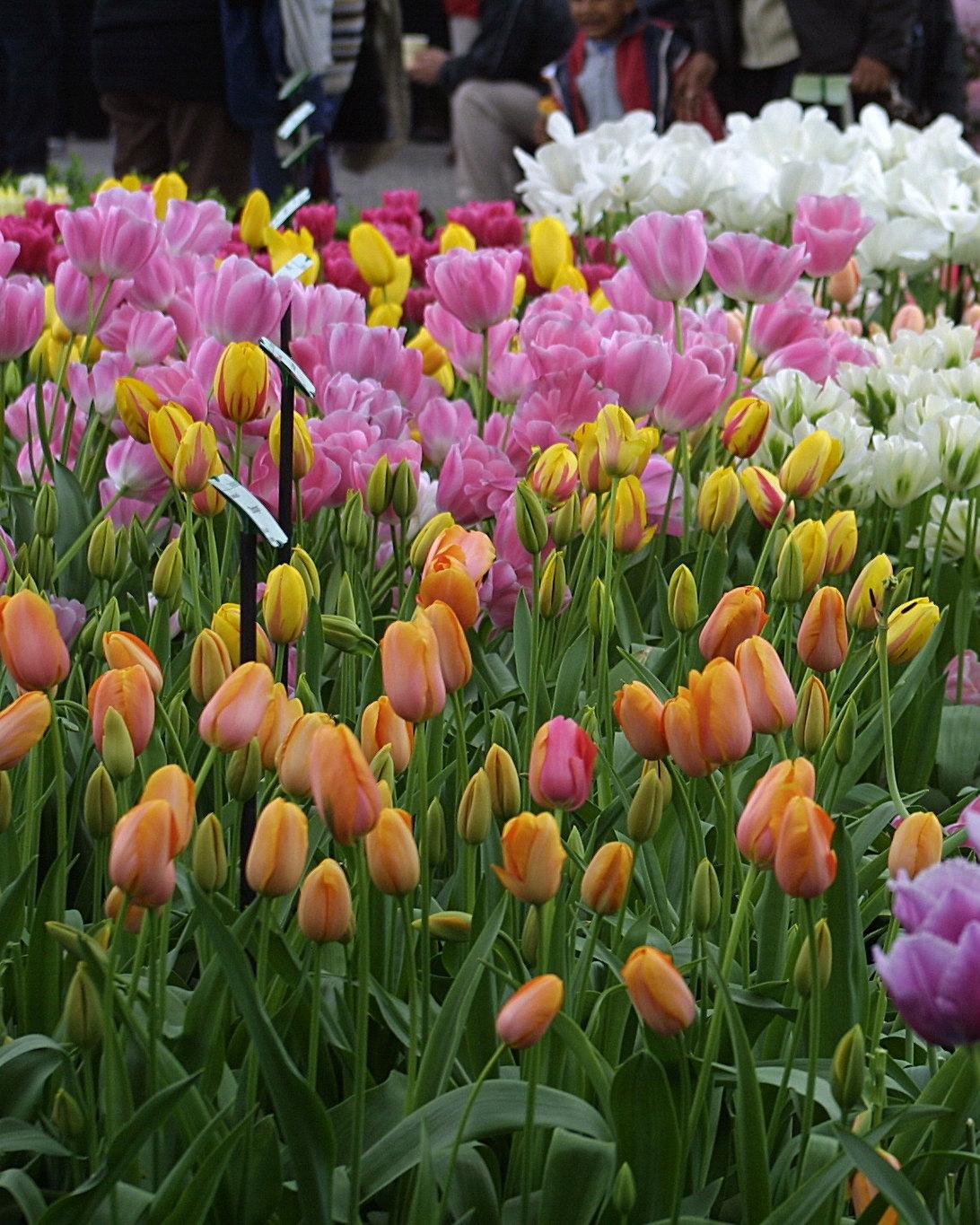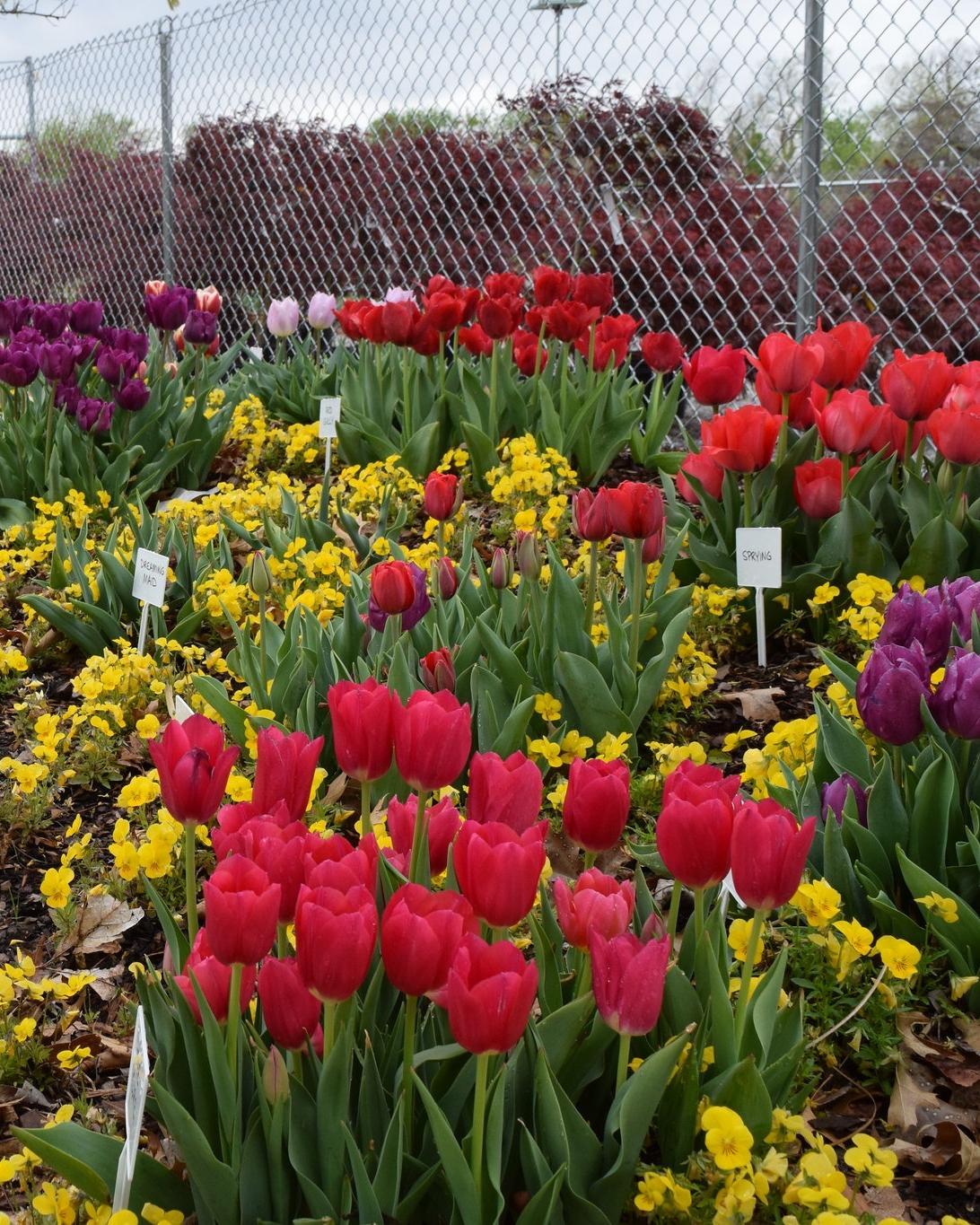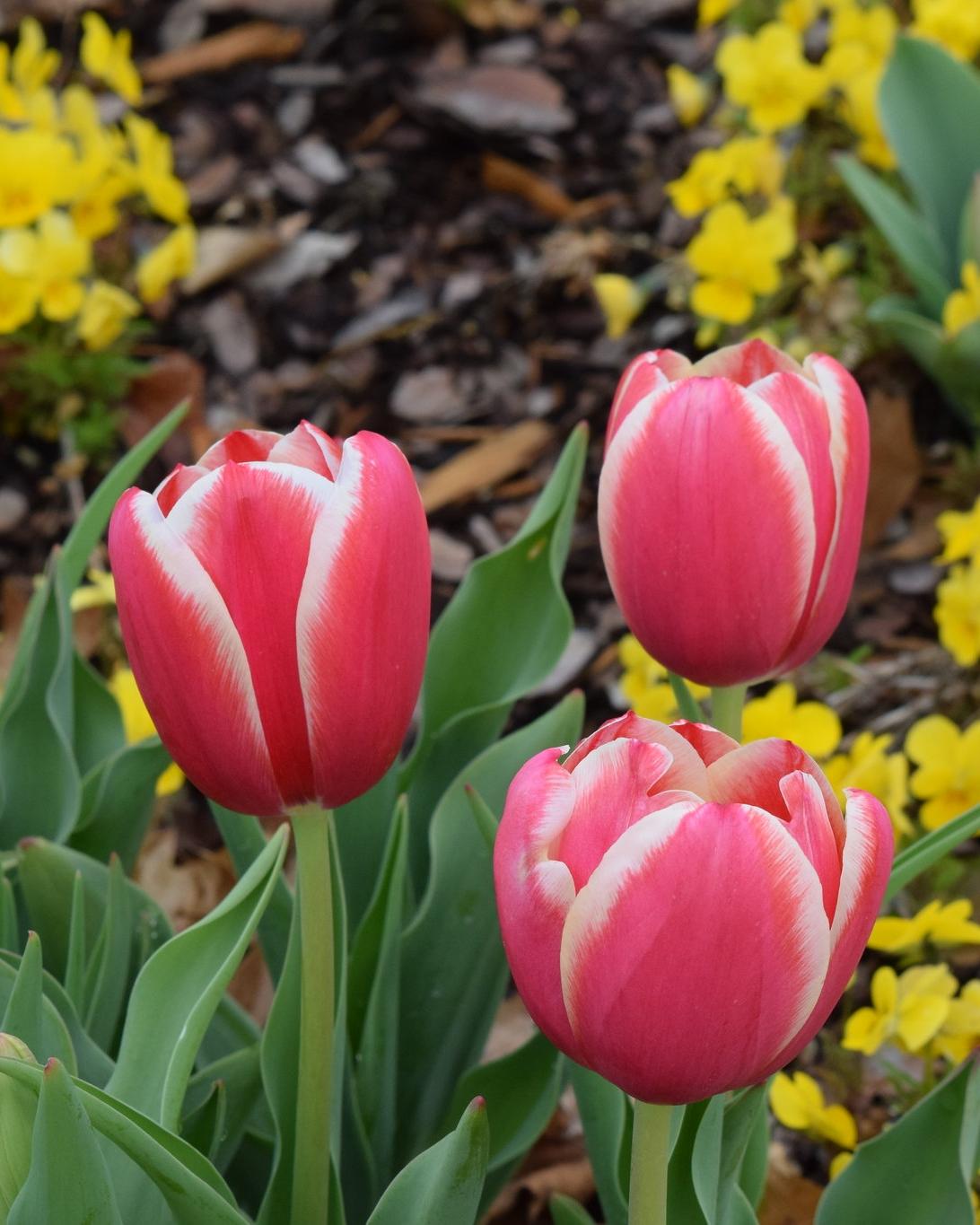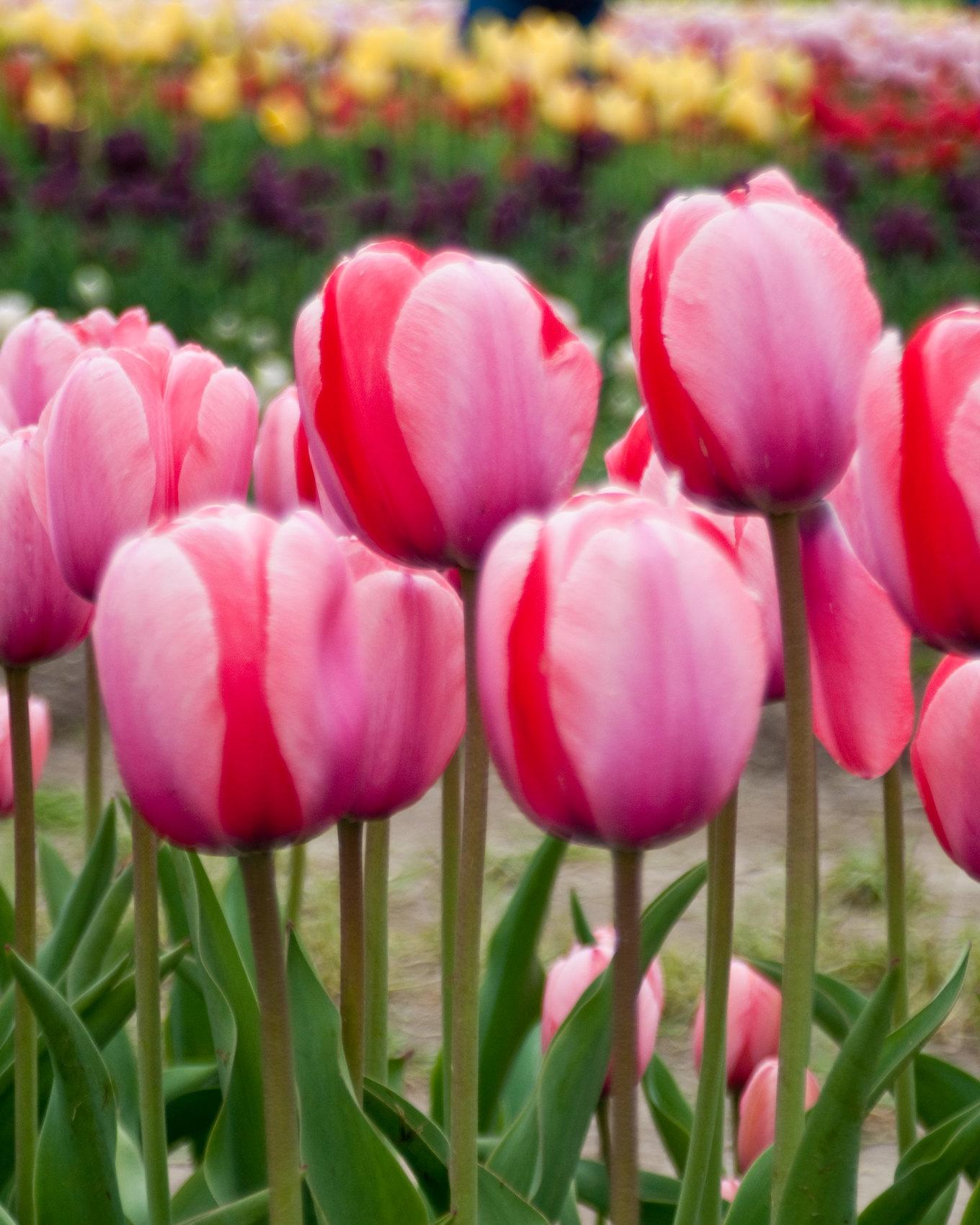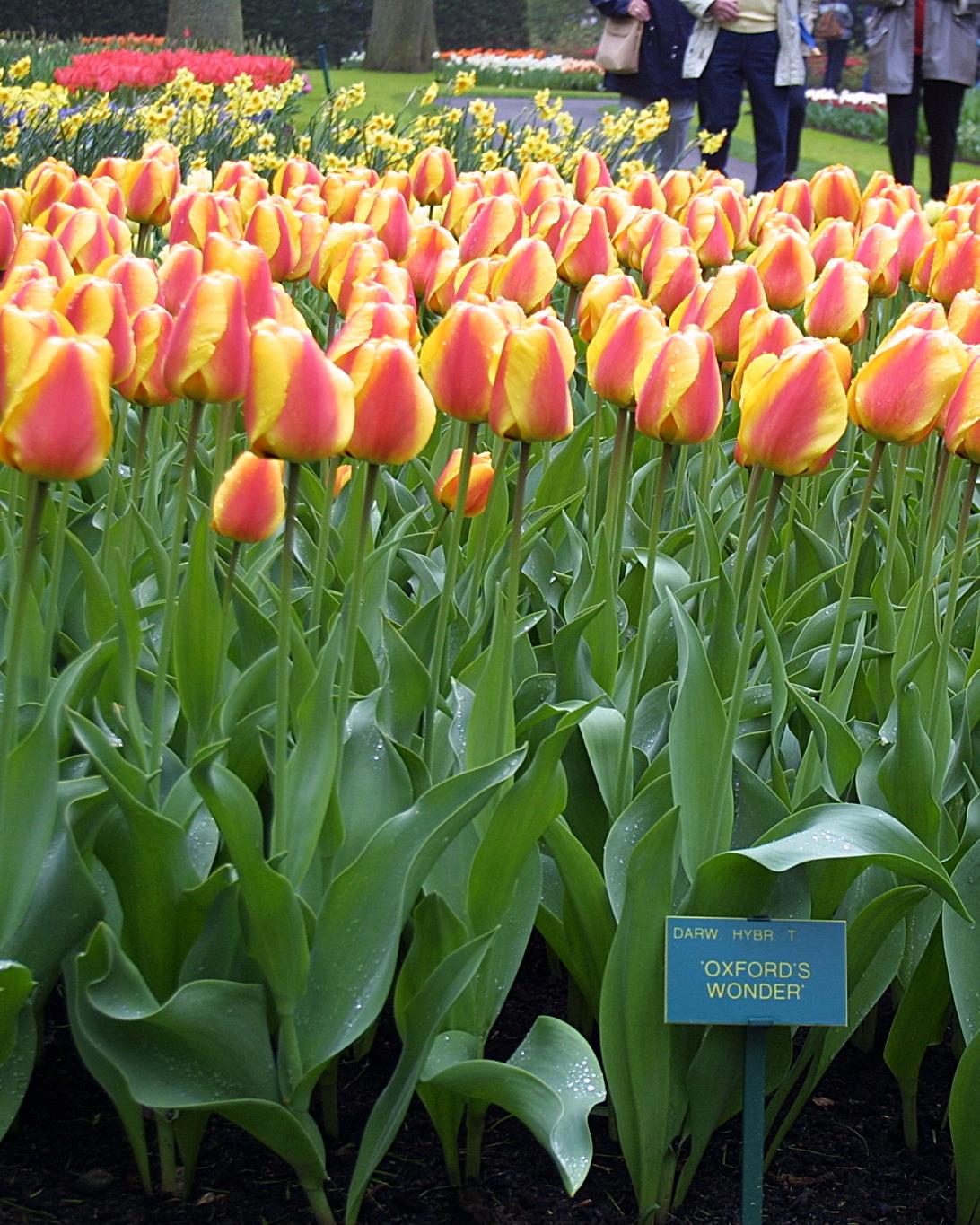
Tulip flowers, with their vibrant hues and delicate petals, captivate admirers around the globe. Originating from Central Asia, these blooms have become synonymous with beauty and elegance.
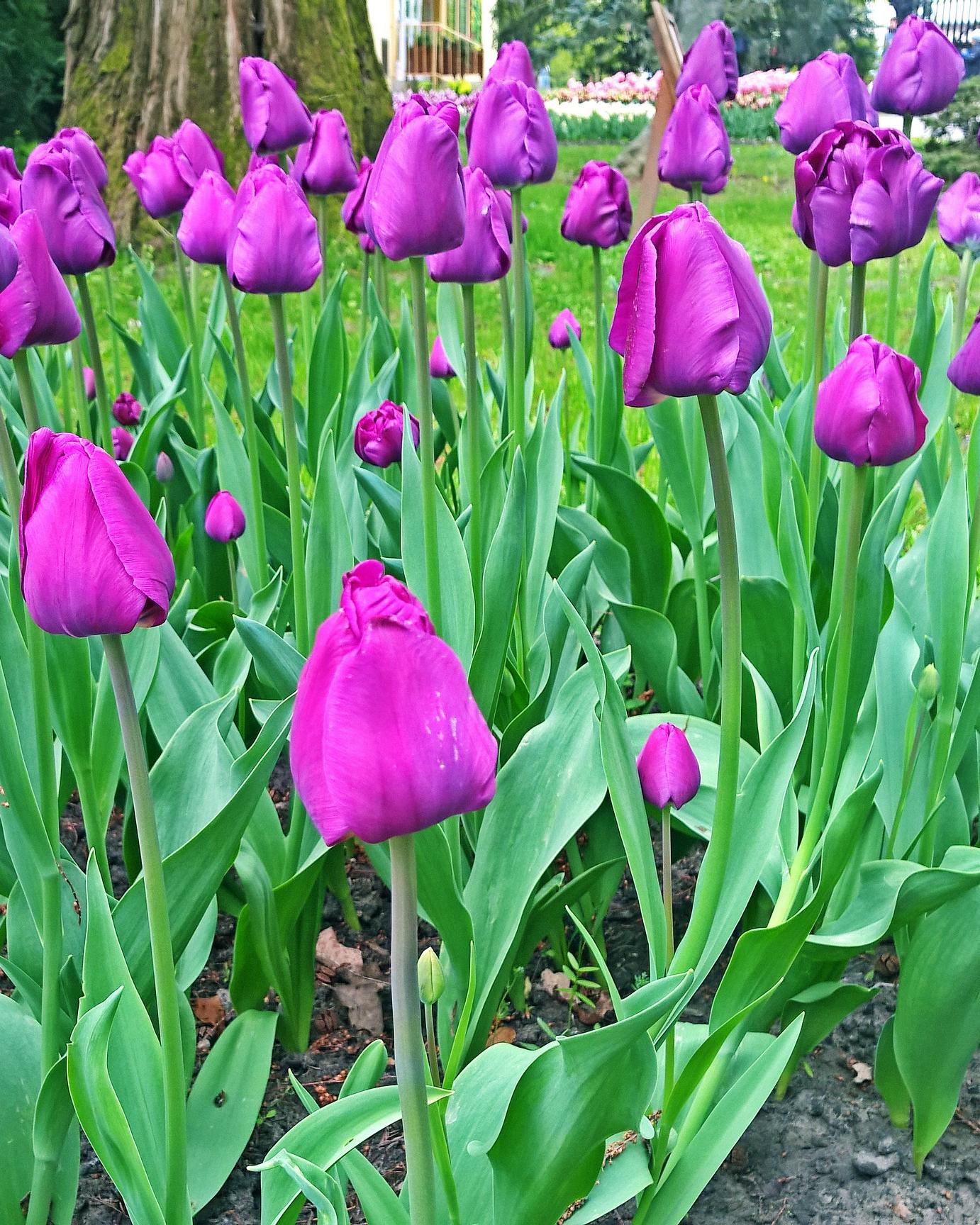
History: Tulips have a rich history dating back to the Ottoman Empire, where they were cherished for their exotic allure. In the 17th century, tulip mania gripped the Netherlands, fueling a craze for these blossoms and even leading to economic speculation.
Varieties: From bold reds to serene whites, tulips offer a kaleidoscope of colors. Whether it’s the classic single-flowered varieties or the intricate parrot tulips, each type boasts its own unique charm.
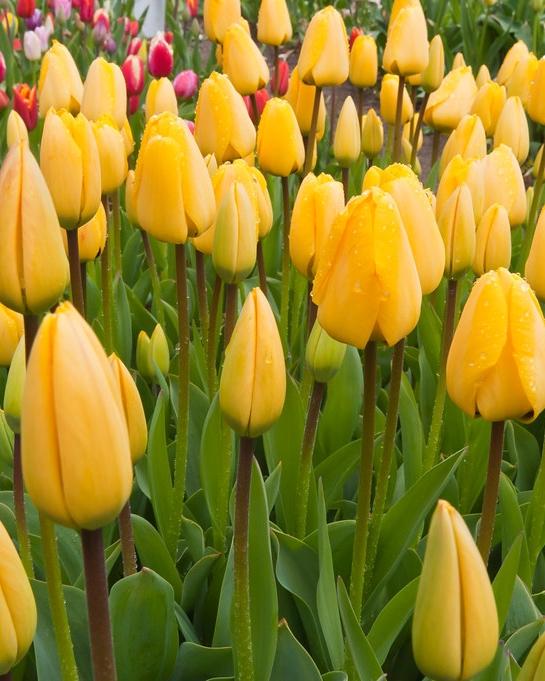
Symbolism: Beyond their aesthetic appeal, tulips carry symbolic significance. They are often associated with love, passion, and rebirth, making them popular choices for romantic gestures and springtime celebrations.
Cultural Significance: Tulips have woven themselves into various cultures and traditions. In Turkey, they are symbols of paradise, while in the Netherlands, they represent national pride and heritage.
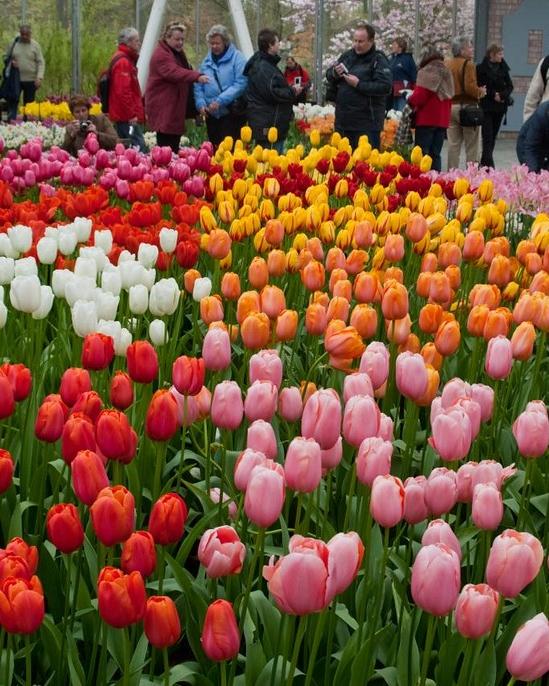
Growing and Care: While tulips are relatively easy to grow, they require proper care to thrive. Planting them in well-drained soil and providing adequate sunlight ensures healthy blooms year after year.
Seasonal Delights: Springtime heralds the arrival of tulips, transforming gardens and landscapes into breathtaking displays of color. Tulip festivals around the world, such as the Keukenhof Gardens in the Netherlands, offer visitors a chance to immerse themselves in the beauty of these blooms.
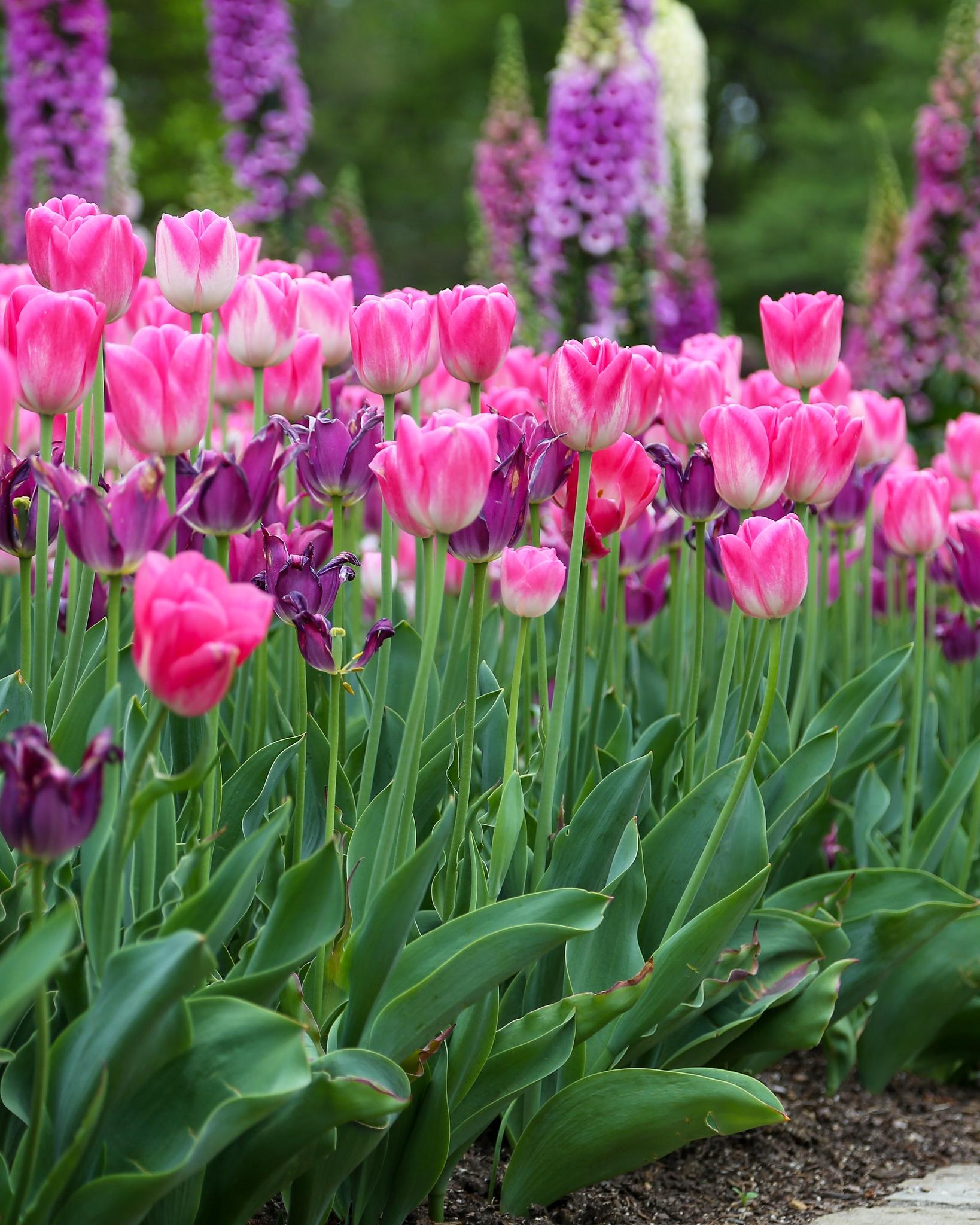
Tulip flowers continue to enchant and inspire, symbolizing love, beauty, and the vibrancy of spring. Whether adorning gardens, bouquets, or artworks, their timeless allure is a testament to their enduring popularity.

